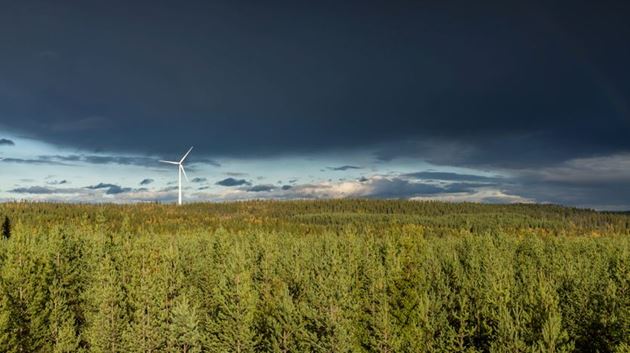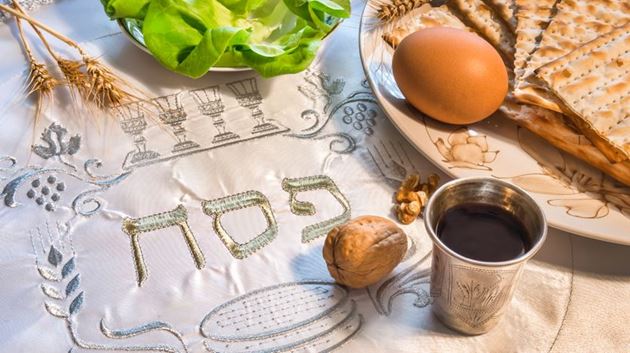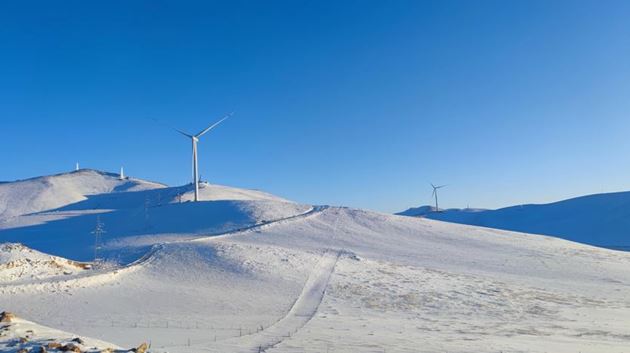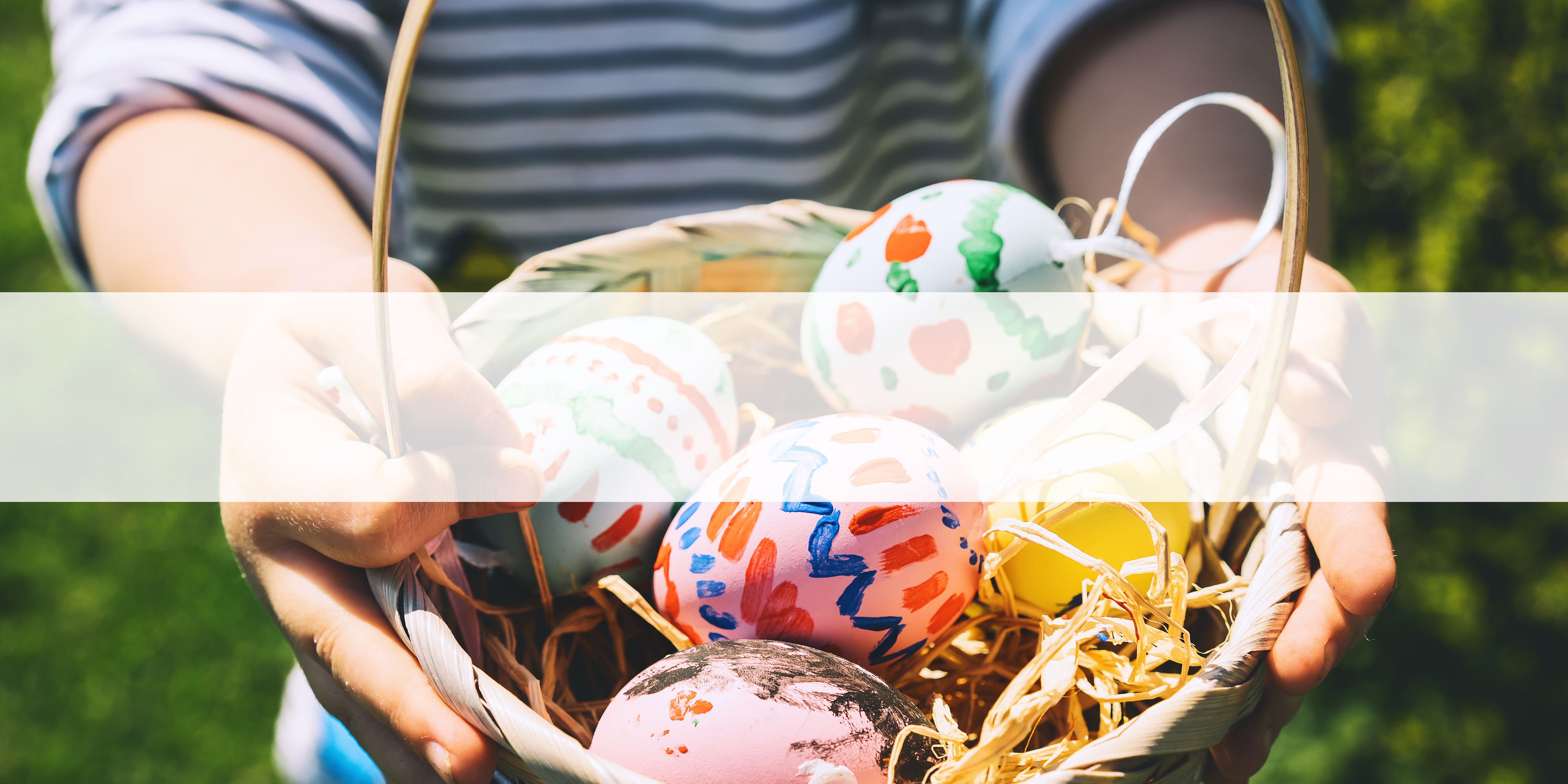
Easter – a Christian holiday with pagan traditions | Siemens Gamesa
#CelebratingDiversity
We are driven by our people – spanning across more than 100 different countries, they make up the company culture we live each day. Diverse thinking, broad cultural diversity and a gender-balanced workforce make us more innovative and creative. To celebrate our diversity, we highlight special cultural occasions our colleagues observe around the world. Today, we highlight Easter, the principal festival of the Christian church, celebrated across the globe.
In the Christian calendar, Easter follows Lent, a period of fasting during which many churches observe a time of penance and remembrance. Lent begins on Ash Wednesday and ends on Good Friday - the day Jesus Christ was crucified. The week leading up to Easter is called Holy Week and begins with Palm Sunday, the day Jesus entered Jerusalem and was celebrated; Maundy Thursday or the "Last Supper," when Jesus celebrated the Passover with his disciples; Good Friday, when Jesus was crucified on the cross; and Holy Saturday, the transition between crucifixion and his resurrection on Easter Sunday.
Although Easter is a holiday of high religious significance in the Christian faith, many traditions associated with the celebration date back to pre-Christian, pagan times. Some historians claim that the English word "Easter" comes from "Eostre" or "Eostrae," the Anglo-Saxon goddess of spring and fertility. Others say the word derives from "in albis," a Latin phrase that is plural for "alba" of "dawn," which then became "eostarum" in Old High German, a precursor of modern English.
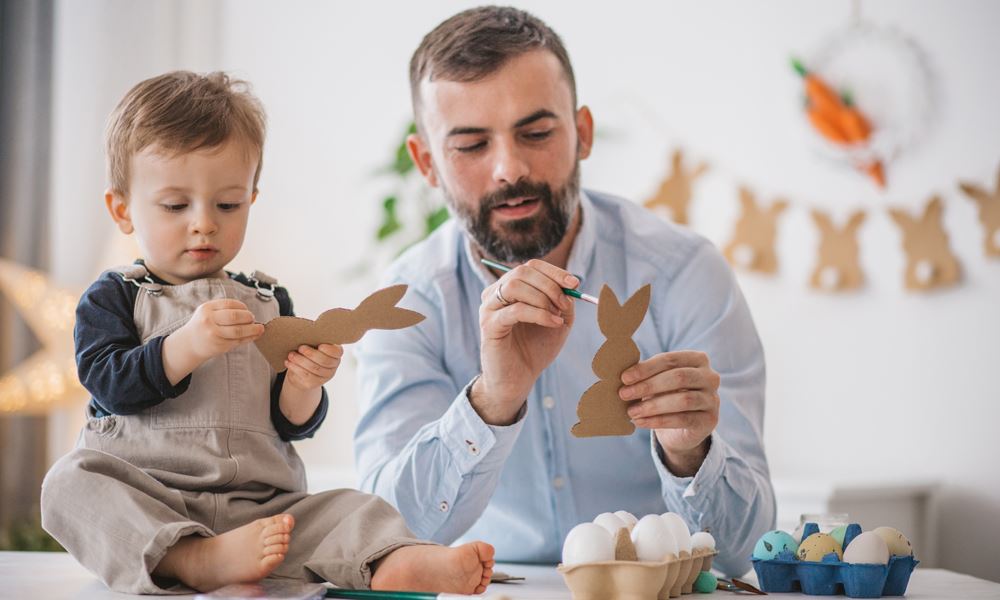
Easter traditions vary from country to country, from region to region. We asked three colleagues from Siemens Gamesa's Corporate Affairs department to share their Easter traditions with us:
The two regions with the longest tradition of Holy Week are Andalusia, in southern Spain, and Castile and Leon, in the central-northern part of western Spain. It can be said that these two celebrations have always differed in that the one in Andalusia is more festive and the one in Castile and Leon is more somber.
Depending on which part of the country you are in, you will find in Spanish households certain sweets and desserts that are typical of Easter.
"Easter in Denmark has a lot to do with celebrating the coming of spring - that the season of long, dark nights is coming to an end and the sun is gaining strength. Families gather at home or in their summer cottages and eat lunch, which includes eggs of various kinds served with a cold Schnapps. And children go on Easter egg hunts to find the chocolate eggs hidden in the garden by the Easter Bunny.
Before Easter, it is an old tradition to send "gaekkebreve" (teaser letters) to tease someone you love and win an Easter egg.
Beautiful patterns are cut into the letter with scissors, a sample of the small and typical spring flower "vintergaek" is enclosed, and the text is a rhyme that involves the recipient guessing who the sender is. Instead of writing your name, put a period for each letter in your name. If the recipient cannot guess who the sender is in three tries, the recipient must buy an Easter egg for the sender. If the recipient can guess the sender's name, the sender must buy an Easter egg for the recipient. The famous storyteller Hans Christian Andersen was also a master at cutting ingenious teaser letters."
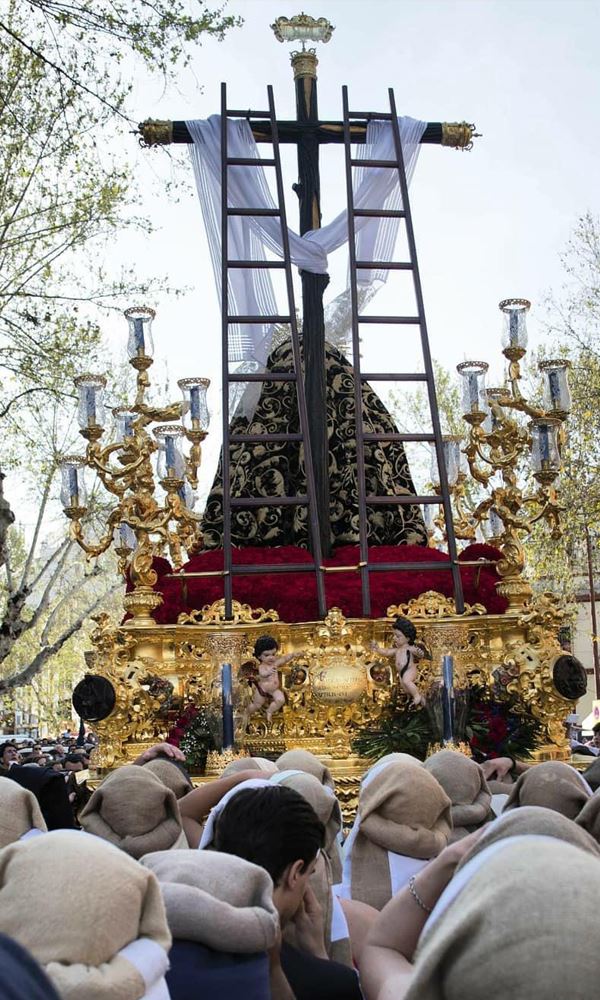
The centerpiece of the brunch is the “Osterzopf” or "Easter bread" - a braided sweet yeast bread that tastes best when freshly baked and still warm. Last year, the COVID-19 pandemic led to a shortage of yeast around Easter and it became a big goal to find it in supermarkets. In the end, my mother had collected enough yeast to bake Easter bread for several months. Because of the lock-down at the time, a new one showed up on my doorstep almost weekly and we called it the "Corona bread."
Easter Sunday is marked by another important German tradition: the Easter bonfire. These large fires were meant to drive away winter and bring spring. Today, they are no longer celebrated for religious or superstitious reasons, but rather to gather with family, friends or neighbors from the community and enjoy drinks and food around a cozy fire. The occasional dance party into the wee hours of Easter Monday morning included.
With the pandemic still in full swing in Germany, we'll have to see how these traditions can be celebrated this year."
Happy Easter!

